
Don’t let embarrassment stop you from relieving pelvic pain
We have all experienced pain in our lives. When it stems from the pelvic area, it can be particularly distracting and unrelenting. Pelvic pain can cause disruption in normal daily activities including discomfort with sitting, standing, driving, using the bathroom, and during intimacy with a partner. The pain can become so uncomfortable that even enjoying time with friends and family […]
Read More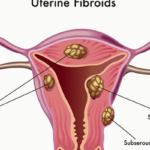
Don’t Suffer Each Month, Treat Your Uterine Fibroids with Fibroid Embolization
Many women adapt their lifestyle and learn to live with the pain and discomfort of uterine fibroids, allowing this condition to control their activity level and what they love to do. Fortunately, advances in interventional radiology have made treating uterine fibroids a safe and relatively painless process that empowers women to feel better all month, every month! What are uterine […]
Read More
Treat the Fibroids AND Keep Your Uterus
One-third of American women experience some type of pelvic health disorder by the time they’re age 60, and about 600,000 women every year have a hysterectomy – removing their uterus to relieve troubling symptoms. One of the most common reasons women have a hysterectomy is to relieve the pain of uterine fibroids, accounting for more than 177,000 hysterectomies a year. […]
Read More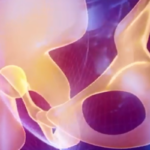
New Procedures Take the Scare out of a Hip Labral Tear
Sports can put significant stress on an athlete’s joints. A common injury for athletes is a hip labral tear (commonly associated with a condition called femoroacetabular impingement), which is usually caused by the excessive stress athletes can put on their hip joints in conjunction with bony abnormalities. What is a Hip Labral Tear? A hip labral tear is an injury […]
Read More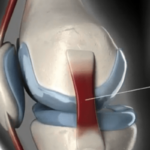
An ACL Injury Doesn’t Mean the END to Your Athletic Pursuits
Injuries to the anterior cruciate ligament (ACL) are common among athletes in basketball, football, soccer, tennis and volleyball. This injury usually results when an individual makes a sudden stop to change direction. What is the ACL? The ACL is a tough band of fiber in the middle of the knee joint. It connects the lower leg bone to the thigh […]
Read More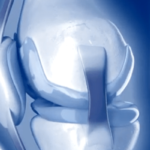
Skip the Scalpel – Your Sports Injury May Just Need a Cartilage Transplant
A common reason for pain or discomfort in shoulders and knees is a loss of cartilage in those joints. Advances in Sports Medicine have made it possible to restore cartilage without joint replacement surgery. What is Cartilage? Cartilage is important to the structure and function of the human body. This firm, yet flexible connective tissue allows for our joints to […]
Read More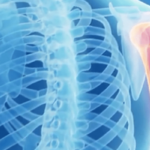
Though Common, Not All Dislocated Shoulders Are the Same
A common shoulder injury for athletes is shoulder instability or a shoulder dislocation. Depending upon the severity, this injury can be a simple fix or involve surgery. What is a Shoulder Dislocation? A shoulder dislocation occurs when the head of the humerus (upper arm bone) pops out of the shallow shoulder socket of the scapula (called the glenoid). This can […]
Read MoreLiving with Parkinson’s: Fatigue Management and Energy Conservation
According to the Centers for Disease Control and Prevention, Parkinson’s disease is the second most common neurodegenerative condition. It affects 1-1.5 million people in the U.S. and is often associated with a variety of symptoms, including tremor, stiffness, movement disorders and balance impairments. The U.S. National Library of Medicine explains that nerve cells control muscle movement with a brain chemical […]
Read MoreIncontinence Breakthrough
If you suffer from bladder or bowel incontinence, then you know it’s a sensitive subject. You might feel embarrassed or alone and, as a result, choose to leave your condition untreated. However, this can result in more serious health concerns down the line. Healthy U wants you to know that you are not alone, and that the medical staff at […]
Read MoreMake No Bones About It
Osteoporosis is a disease characterized by low bone mass and structural deterioration of bone tissue, leading to bone fragility and increased risk of fractures. For both men and women, bone health begins at a very young age. The majority of bone mass develops during childhood and adolescence, and by the age of 20, all bones are completely done forming. Good […]
Read More